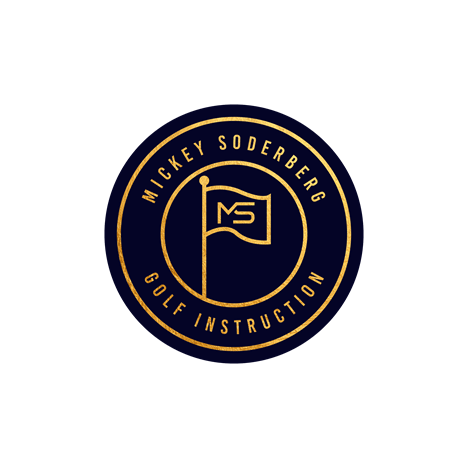The Improvement Process
Every golfer will progress in different ways. Here are insights into how most golfers will work through the improvement and learning process.

1.
Evaluate and make a plan
2.
Start fixing key swing faults
3.
Dial in ball flight while fixing secondary swing issues
4.
Start finding short game fixes to lower scores
5.
Manage long-term tendencies
Most people want to set up the first lesson and get fixed! You may or may not know what is causing your problems, but you sure know what the problems ARE. There are 2 helpful steps that don't take much time to go through before any instruction is started. First, let's really dive in and make sure we decide on what needs to be addressed and what your goals are moving forward. Second, I want to walk you through what is really going on with your swing. You might know what your problem is, but I want to be clear about the ROOT ISSUES that need to taken care of to really fix your issues long term.
You are coming to me because you are ready to improve! It's usually best to start attacking your core problem areas ASAP! In some cases there might be a reason to put off a major change. But if we work on the proper things in the right order you should start hitting the ball better sooner than later. The old adage of, "You have to get worse before you get better." should not have to apply in most cases. This step usually takes somewhere between a couple weeks and a couple months. This step also helps us start to coordinate and practice your proper swing sooner.
Dial in ball flight while fixing secondary issues:
Once you have make important changes to your swing you will be hitting better shots with a better and different impact conditions. The next step for golfers is make adjustments that balance the technical improvements that have already been made and create consistency with your new, improved ball flight. This is a good time to make sure all the clubs in the bag are all working properly. You might have to adjust your yardages because you are hitting your irons a club or two further. This process can take some time, but it is enjoyable, as you will be hitting it better with improved scores.
Start finding short game fixes to lower scores:
I always enjoy it when a student comes into a lesson and says, "I'm hitting is so much better, but I'm throwing away so many strokes around the green!" Some people need help with chipping contact or too many three putts right away, but many golfers aren't worried about the strokes they are losing near the green until they start enjoying their ball striking tee to green. Working on your short game not only helps lower your scores, but can lower them in an accelerated manner. Once you start to get a handle on your full swing, it's a great idea to add in chipping and putting lessons between full swing lessons.
Manage long term tendencies:
After a year or two of working on your swing you will have a good handle on what you can do well, but also what fault might always want to creep in. This could just be a really bad habit or maybe something your body physically just doesn't like to do. This phase is when you will likely have more time between lessons and your sessions become more about training and creating skill than just fixing more mechanics. This phase can include more discussion on the mental game, pre-shot routine or even diving into strength and mobility improvements. I have many students who have worked with me more than 10 or 15 years. The goal is for me to become more of a "Coach" over time because you are able to be successful "Coaching" yourself!

